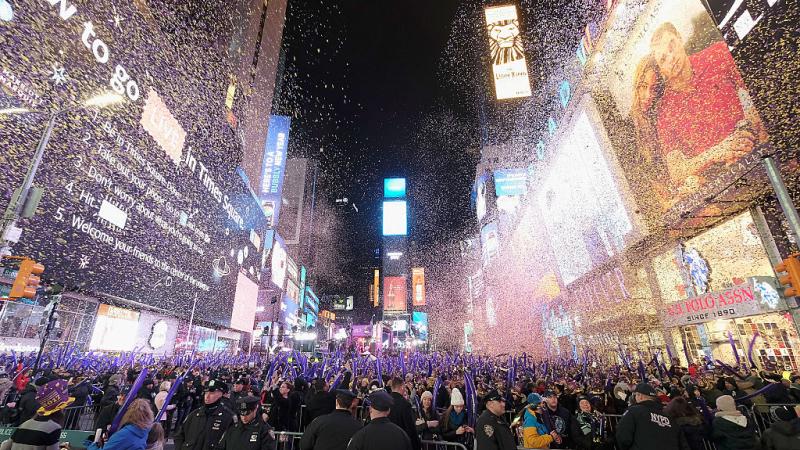Illinois Senate advances largest spending plan in state history to House
Illinois taxpayers are waiting on the state legislature to complete a $53 billion spending plan, the largest budget in the state's history. “So since [Gov. J.B. Pritzker] took over, spending has gone up $13 billion under his watch.”
Illinois taxpayers are still waiting on the state legislature to complete a $53 billion spending plan for the next fiscal year, the largest state budget in Illinois' history.
Without a spending plan advancing, the House adjourned late Saturday for the holiday weekend.
"The House and Senate are very close to an agreement on a final budget,” House Speaker Emanuel “Chris” Welch, D-Hillside, said in a statement late Saturday. “Procedurally, the earliest an agreement could pass both chambers is next week. To let members and staff rest and spend time with family, we are adjourning for the holiday weekend and will return to complete this work."
The Senate was in on Sunday, when senators discussed more than $1.1 billion in new tax hikes to cover the costs of an increased spending plan sponsored by Democrats.
State Sen. Chapin Rose, R-Mahomet, said the majority party can’t stop overspending.
“So since [Gov. J.B. Pritzker] took over, spending has gone up $13 billion under his watch,” Rose said during Sunday’s Senate Appropriations Committee hearing.
In fiscal year 2019, the state spent around $36.4 billion in state taxpayer funds. The proposed plan for fiscal year 2025 that begins July 1 is more than $53 billion. Considering total taxpayer spending, including federal passthrough dollars, in fiscal 2019 taxpayers spent $71.8 billion on Illinois. For fiscal 2025, total spending including federal tax funds will be $124.6 billion.
“And now we’re forced to raise taxes on the people of Illinois and we’re paying for illegal immigrants to come here,” Rose said.
Among the spending is nearly a billion dollars of taxpayer funds for non-citizen migrants. Around $629 million will be for non-citizen health care, $182 million for direct services and $160 million for welcoming centers.
To pay for that, there will be more than $1 billion in tax increases, including $526 million by capping business net operating losses, and $200 million for a tiered sports betting company tax. Removed from the plan is a provision that would have legalized ground-based sparkler fireworks with an excise tax of 3%.
The revenue plan also includes a slew of tax incentives and credits for things like quantum computing, and hiring local journalists and ex-felons, but there has been no discussion on restoring the Invest in Kids school choice scholarship program.
On the spending side, a bonding authority bill separate from the budget raised a red flag for Rose.
“This particular bill contains $700 million in spending over and above what the governor even asked for in his introduced budget,” Rose said on the floor late Sunday. “That’s an astronomical number.”
The bonding authority bill includes $900 million for the Illinois Department of Corrections to demolish and rebuild Stateville and Logan correctional facilities, as well as $500 million for Pritzker’s quantum computing initiative.
The budget implementation bill, or BIMP, acts as a companion measure to the line-item budget with various fund transfers and tax incentives. It also gives the Pritzker administration the ability to shift up to 4% of budgeted spending within an agency on things like personal services, travel, late interest penalties and lump sum operations, among other things.
The Senate passed the plan late Sunday before going home. The House is expected to return Tuesday to get the $53 billion plan across the finish line and ready for the governor.













